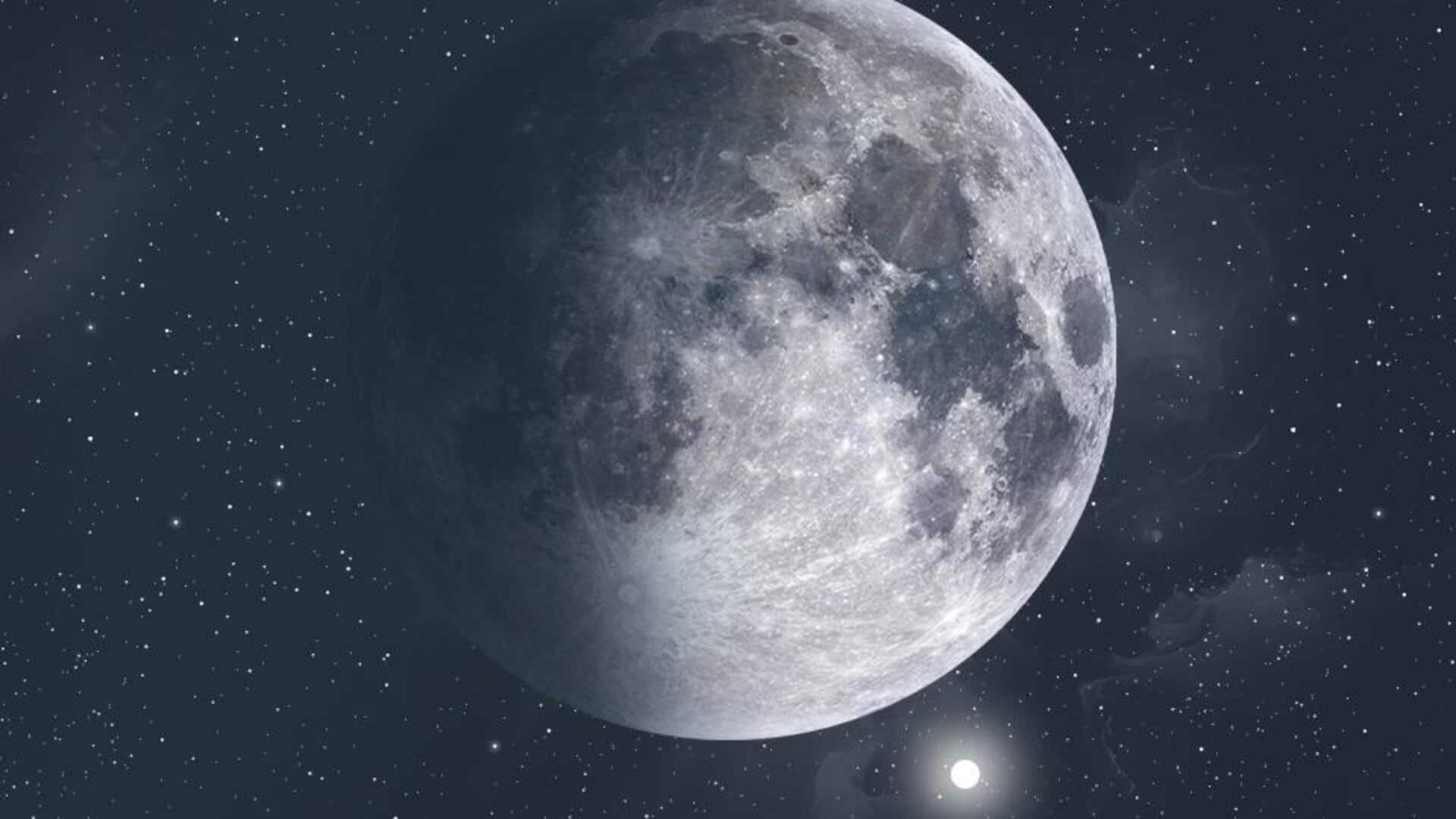
Last chance tonight to see Moon, Spica together before 2031
What's the story
Tonight, the slender crescent Moon will be seen near the bright star Spica at sunset. The cosmic duo will be visible in the western sky, but stargazers will have to act fast to catch a glimpse before they disappear below the horizon. The event provides an exciting opportunity for astronomy enthusiasts and casual observers alike.
Visibility tips
When and where to see the Moon and Spica
The 18%-lit waxing crescent Moon will be located just over 15 degrees above the western horizon at sunset, with Spica, the brightest star in Virgo constellation, less than six degrees to its right. To gage this distance, remember that the width of your middle three fingers held at arm's length is roughly equivalent to about five degrees in the night sky.
Star power
About Spica star
Spica, a brilliant blue-white star visible to the naked eye, is actually a binary star system made up of two massive stars that orbit each other at a distance of just 18 million kilometers. Together, they shine brighter than over 12,100 Suns. However, despite their luminosity and distance of 250 light-years from Earth, they are easily outshone by the nearby crescent Moon.
Viewing
How to observe the Moon?
Using 10x50 binoculars or a small telescope on the Moon will reveal several prominent craters along the line separating night from day on its surface, called the terminator. The ancient lava plain Mare Crisium (latin for the Sea of Crises) will also be visible as a dark oval in the upper part of the lunar crescent, with Mare Fecunditatis (the Sea of Fertility) below it.